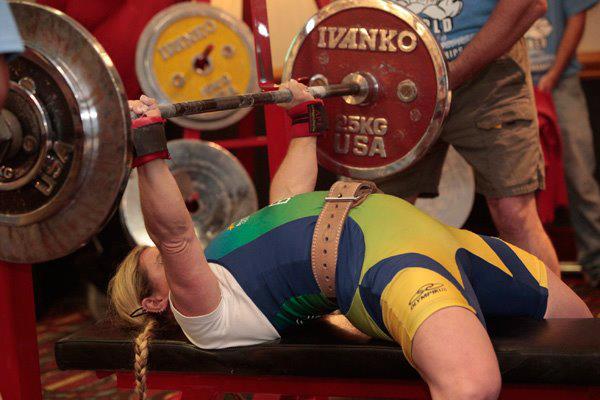This is the third and last part of this series on how to fix your bench press. Let us start by repeating one of my half a dozen favorite sayings in powerlifting coaching: “if it ain’t broke, don’t fix it.” This said, understand that this series is not about teaching the bench press or offering a new protocol; it is about solving a problem or several problems.
Therefore, in the first part, I addressed setup issues that could be a problem and could be fixed. In the second part, I focused on execution issues that could fix under-performance.
It will not be different here: this is NOT an article about programming. For God’s sake, no! It is about programming issues that may result in underperformance or disaster.
1. Programming
Inhibition, Supercompensation and the CNS Overtraining
The chief programming mistake that can kill your bench press is not programming. There is a famous quote that most of us read in periodization books or even coach blogs: “Failing to plan is planning to fail.” It is attributed to Benjamin Franklin, who was then quoted by Winston Churchill, but there are versions of that going back to Confucius.
The bench press version of this is “let’s keep going,” meaning every week maxing out. Just like any obvious nutrition advice, like “avoid too much sugar and trash food” may have better results for an obese person, in quantitative terms, than the most highly evidence-based dieting plan for an athlete, any training is better than no training for an untrained practitioner. That is how the problem starts: the person learns how to bench, it feels great, every week he/she is stronger, and he/she maxes out. Why not? It feels good and it is fun. Besides, the undeniable fact is that he/she is getting stronger.
Until one day there is no improvement. From that day to the day when what used to be an easy (75-80%) weight sinks into his chest and stays there for good, it is a question of one to a few weeks.
After being freed from the immobile bar on his chest by workout buddies or spotters (worst case scenario: this happening at a meet), the horrified lifter gets up and counts the weight on the plates. He can’t believe it. There has to have been a misloading. Someone made a huge mistake and loaded the bar with an extra 100 pounds. But no. He counts again and the weight is exactly his attempt.
“But I repped this for three!” says the distraught lifter to me. “When?” I ask. “Last week! And the week before!”
There you go. A few times, I’ve been able to sit down with the lifter and analyze his training. Some can remember how long they had been maxing out EVERY week, some can’t even recall that — they’ve been doing it forever.
This disastrous underperformance phenomenon has been called for decades “Central Nervous System Overtraining.” This is powerlifting jargon: it’s an expression for a very real phenomenon. There is, however, no evidence that it is either CNS related nor a typical overtraining. This is a topic for a different article, but the limited evidence there is to dramatic decreases in maximal strength due to frequent maxing outs points to peripheral (not central) issues 1

